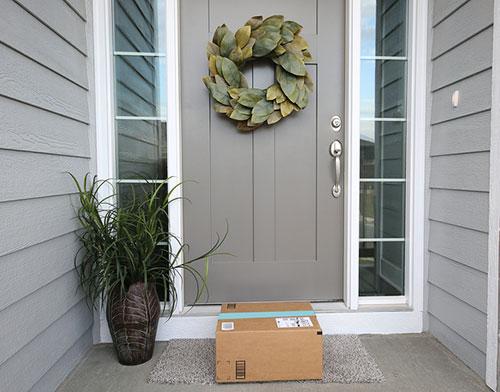Here’s why last-mile delivery is so expensive
A variety of factors drive the high cost of last-mile delivery, and retailers plan to do something about it.
According to a new study of retail and logistics executives from delivery management platform provider FarEye, last-mile delivery (the end stage of delivery from a pickup point or sortation center to a package’s final destination) on average accounts for 53% of overall shipping costs.
The top factors contributing to the high cost of last-mile delivery cited by respondents include fuel (59%), address location (39%), labor (36%) and first delivery failure (34%). The speed to deliver is also a contributor, as only 44% of respondents reported that all or almost all of their deliveries are made on-time.
Fifty-five percent of respondents are focused on reducing cost of delivery over the next five years, making it their top priority, followed by customer satisfaction (53%). Only 27% of respondents are using one last-mile delivery platform, but 72% believe it is extremely or very beneficial to merge all technology solutions into one platform, with benefits including offering a single view, more agility, control, and lower cost.
In addition, 35% of retailers reported offering same- or next-day delivery now, and 64% aim to offer it by 2027. In terms of financial investment, 66% of respondents expect their budgets for last-mile delivery technology to grow over the next five years, and 78% say they will likely change or buy a new last-mile delivery solution in the next one to two years.
By 2027, 40% of U.S. respondents plan to use electric vehicles in their delivery fleets. One in four U.S. respondents say autonomous vehicles are a priority for their fleets in the next five years, while 22% say the same about drones.
“For retailers that do not have the scale for their own fleet of drivers, outsourcing their delivery networks is the most cost-effective way to deliver with flexibility, however, the tradeoff is less control,” said Stephane Gagne, VP, product, FarEye. “Rather than outsource their entire last-mile logistics network, retailers should consider having their own last-mile platform that would provide them the flexibility to experiment with different hybrid multi-carrier approaches, outsourcing in some markets, and insourcing in others. This would offer the level of control and visibility they are after, while retaining a superior consumer experience.”
FarEye analyzed responses from 300 executives across retail and logistics with responsibility for logistics and retail operations in the U.S. (32%), EMEA (36%) and APAC (32%) regions.
[Read more: This delivery issue leads to cart abandonment]



